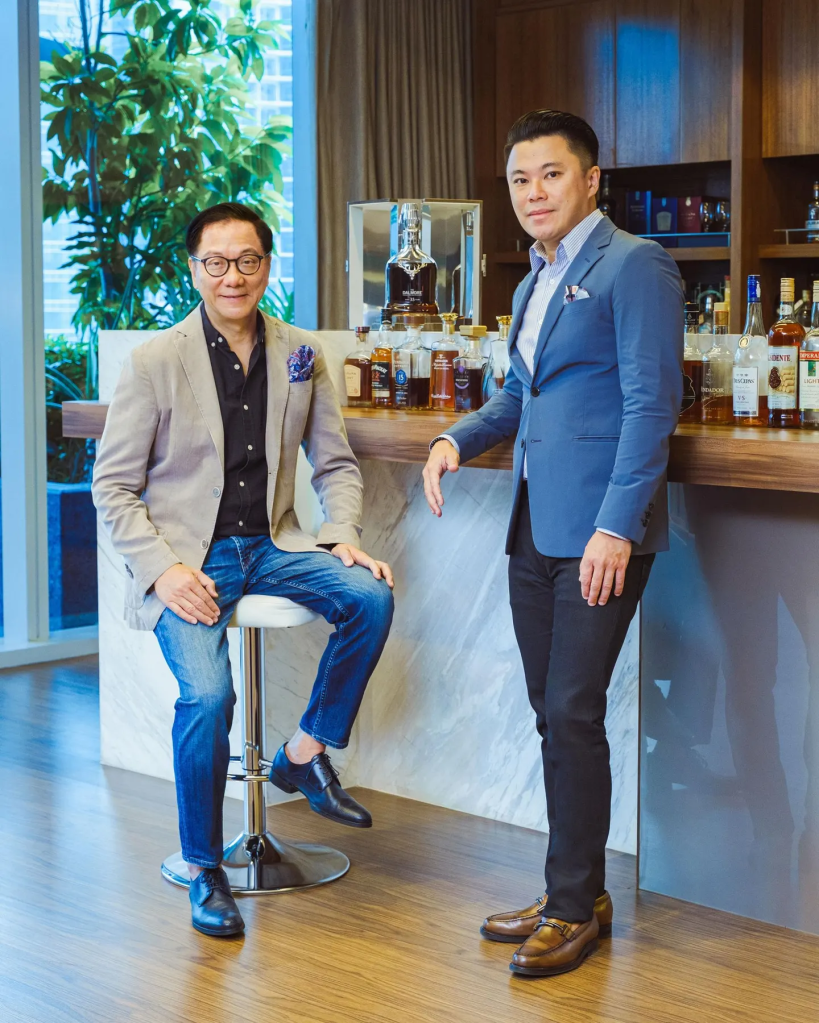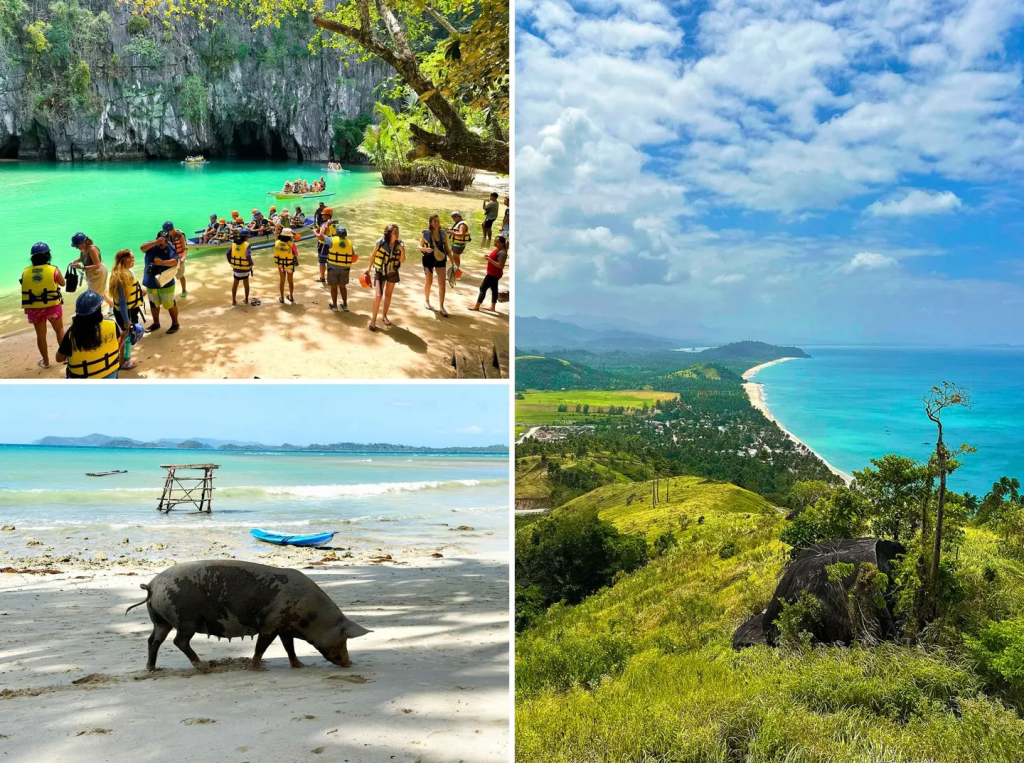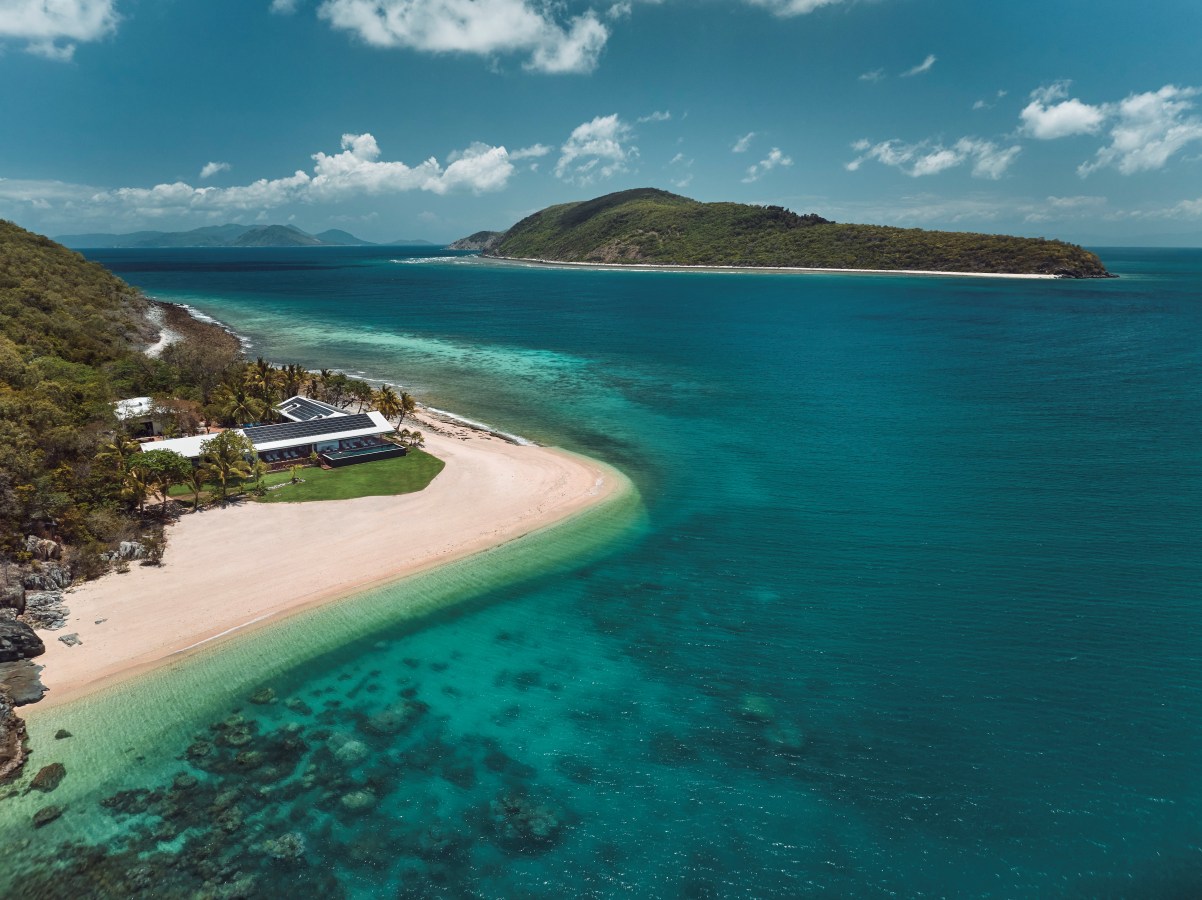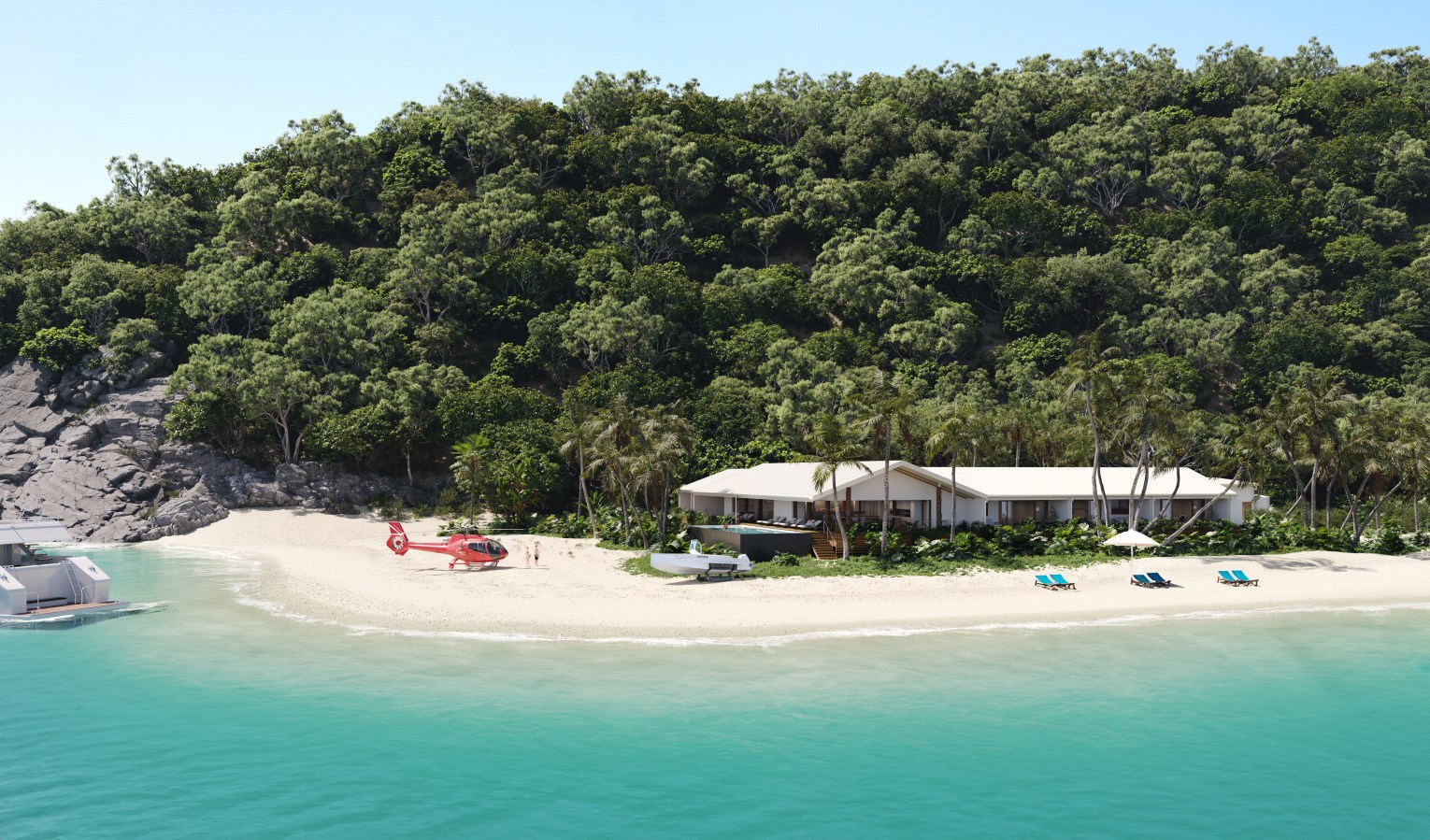Inside Andrew Tan’s US$720 million eco-tourism project in the country’s pristine beachside paradise.
This article was featured in Issue 11 of Forbes Australia. Tap here to secure your copy.

The pitch is for tropical paradise: turquoise waters that lap a pristine shoreline fringed by lush, mist-streaked greenery. Philippine property giant Megaworld extolls on its Facebook page the virtues of Palawan island, the largest of a 1,780-island group by the same name that hangs to the left of the island nation in the Pacific. Here, Megaworld is pursuing its most complex project yet, a resort and residential estate that will be the island’s biggest real estate development to date.
On 462 hectares in San Vicente, a quiet, relatively untouched corner of Palawan’s northern coast, known for its rich biodiversity, virgin forests, steep karst cliffs and the longest white sand beach in the Philippines, Megaworld has a 15-year plan to raise a township from among the coconut trees – an ecofriendly addition, it says, to its hospitality, office, retail and residential portfolio that spans the country. When finished, Paragua Coastown will include two 10-story hotels, a residential condominium, villas, a hospital, a school, and wellness-related centres.
Megaworld, owned by billionaire Andrew Tan’s spirits-to-property conglomerate Alliance Global Group, is pouring over 40 billion pesos (US$720 million) into the venture – a tenth of what it plans to spend on building townships across the Philippines in the next five years. The company is banking on getting in on the ground floor as the island remakes itself into one of the country’s top tourist destinations.

According to government figures, about 1.5 million people, about 650,000 of whom were overseas travellers, visited the island in 2023, nearly twice as many as the previous year, as tourists returned to the Philippines post-COVID-19. (Boracay, the archipelago’s most popular resort island, had over 2 million visitors last year.) “We intend to showcase the best sustainable tourism and green living concepts by developing it into an ecotourism township,” Kevin Tan, Andrew’s eldest son and Megaworld’s executive vice president and chief strategy officer, says by email.
San Vicente is seen as the next frontier in the island’s commercial boom, catching up to Palawan’s other island centres where tourism is flourishing, including its capital, Puerto Princesa City (home to the 8.2-kilometer underground river, a Unesco World Heritage site), and El Nido, a municipality comprised of small islands at Palawan’s northern tip that has in recent years become a playground for backpackers and jetsetters alike. Ayala Land, controlled by billionaire Jaime Zobel de Ayala and his family, has already made inroads as El Nido’s biggest developer, owning the 325-hectare Lio tourism estate and four other resorts in the town’s smaller islands.
Megaworld broke ground last year on its 306-room Savoy Hotel Palawan and the nearby 189-unit Oceanfront Premier Residences tower, both slated to be completed in 2028. Construction of the 313-room Paragua Sands Hotel, which will open in 2029, has yet to start.
Most rooms will have water views, and the hiking trails of the Pagdanan mountain range, home to threatened wildlife such as the Philippine Cockatoo, Grey Imperial Pigeon and Blue-naped Parrot, are a short drive away.
“More than just sustainable tourism, our vision for Paragua Coastown is to provide an opportunity to those who want to live the island life within a lush and sustainable landscape,” Tan says. He says Megaworld will incorporate solar and other renewable energy sources into its building design. A waste-to-energy plant will supply electricity to the township as part of a new waste-management system and sewage treatment centre.
About 40% of Paragua Coastown’s land area has been earmarked for open (albeit landscaped) spaces, while a mangrove forest reserve in its boundaries will be left untouched. Megaworld also plans to plant thousands of trees on 100 hectares deforested by commercial logging, once a mainstay of the local economy, and upgrade the mostly dirt tracks used by San Vicente’s 30,000 residents to a network of roads in and around the property.
Ana Margarita Lustre-Malijan, vice president at local hotelier and construction firm Arlustre Group, believes such developments will be a huge boon for Palawan, bringing jobs and income to the island where about 15% of the population falls below the poverty line. It could also be the tipping point to improve accessibility to the area.
There’s an airport in San Vicente, but Philippine Airlines and Cebu Pacific, two of the nation’s main airlines, don’t fly there. Getting to San Vicente means a 90-minute flight from Manila or Cebu to Puerto Princesa and a bumpy four-hour car ride across rugged terrain. Cebu Pacific CEO Michael Szucs tells Forbes Asia that the airline will consider flying to San Vicente once the Megaworld hotels are built.
Besides attracting homegrown developers, Palawan has become a stopping point for international hospitality brands. “Palawan stands out as an attractive destination, blending cultural richness with natural landscapes,” Raj Menon, Marriott’s president for Asia Pacific excluding China, says by email. To meet demand, the US group will add over 70 rooms this year to its recently opened 168-room Four Points by Sheraton on Sabang Beach, near Puerto Princesa’s underground river. American hotel chains Best Western and Wyndham Hotels’ Microtel have also established a presence on the island.

Megaworld has begun marketing the Paragua Coastown residential units, which will range from 32-square-meter studios to 106-square-meter two-bedroom suites, and expects them to generate some 2.3 billion pesos in sales. Doubling down on Palawan, Megaworld announced in December it would spend another 7 billion pesos to develop a mixed-use complex on a 6-hectare oceanfront site in Puerto Princesa. Named Baytown Palawan, the commercial, hotel and residential project is expected to take five years to complete. “Palawan has always been a hotspot for local and international tourists,” Tan says.
Palawan isn’t the Tans’ only tourism play. They are building resorts, retail space, and convention facilities across the archipelago, including tourist hotspots such as Boracay, Cebu, and Davao. Megaworld’s hospitality operations accounted for over 5% of the company’s 2023 revenue of 69.7 billion pesos, and the company expects the business will make up at least 10% of revenue by 2028.
Andrew Tan launched Megaworld in the late 1980s, pioneering the living concept of a city within a city in the Philippines. It now counts 24 townships (with an additional seven under construction) nationwide, part of his sprawling business empire under Alliance Global comprising a controlling interest in Emperador, owner of the Dalmore whisky and Fundador brandy brands, and a stake in the Philippine franchisee of McDonald’s. Tan ranked No. 11 on the Philippines’ 50 Richest 2023 list with US$2.4 billion net worth.
“Expanding our townships all over the Philippines will sustain our growth as a company and allow us to diversify our offering in the real estate industry,” says son Kevin, vice chairman and CEO of Alliance Global. “Through these developments, we can significantly impact economic sectors.”
This article was first published on forbes.com and all figures are in USD.
Are you – or is someone you know -creating the next Afterpay or Canva? Nominations are open for Forbes Australia’s first 30 under 30 list. Entries close midnight, July 15, 2024.
Look back on the week that was with hand-picked articles from Australia and around the world. Sign up to the Forbes Australia newsletter here or become a member here.



